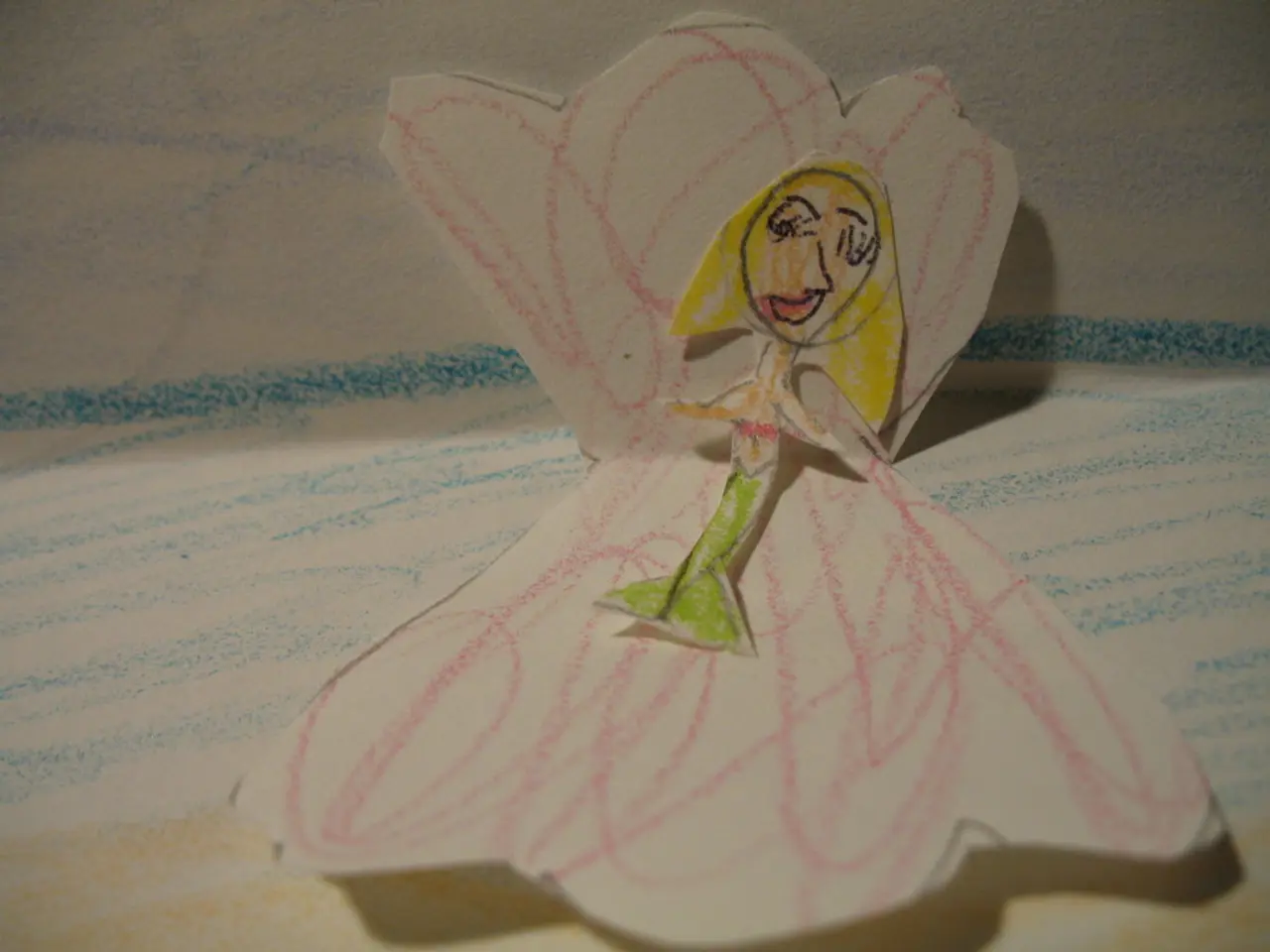Visualization and editing of objects deemed "physically impossible" by MIT tool unveiled
MIT's Meschers Tool Revolutionises the Depiction of Escher-like Optical Illusions
In a groundbreaking development, researchers at MIT's Computer Science and Artificial Intelligence Laboratory (CSAIL) have created a tool called Meschers. This innovative software is set to transform the way we visualise and study Escher-like optical illusions and impossible objects.
Meschers converts images and 3D models into 2.5-dimensional structures, creating Escher-esque depictions of things like windows, buildings, and even donuts. This approach enables users to relight, smooth, and analyse objects in ways that maintain their paradoxical appearance while allowing mathematical and physical study of their unique geometry.
The tool's capabilities are extensive. It creates detailed computer representations of mathematically impossible objects, visualises Escher-like illusions in 2.5 dimensions, allows editing and relighting of these objects, and facilitates geometry research by enabling calculations of geodesics and simulating physical processes like heat diffusion on these curved, impossible surfaces.
Meschers is particularly useful for artists and computer graphics scientists. It helps them create and study physics-defying shapes that break classical geometry and physics intuitions, with potential applications in art, architecture, and science. The tool also bridges the gap between artistic illusions and rigorous mathematical and physical analysis by representing impossible objects in a mathematically consistent 2.5D format that preserves their optical paradoxes while enabling computational exploration.
The team behind Meschers is considering designing an interface to make the tool easier to use while building more elaborate scenes. They are also working with perception scientists to explore broader uses for the computer graphics tool.
The work on Meschers was supported by several fellowships, grants, and partnerships, including the MIT Presidential Fellowship, Mathworks Fellowship, Hertz Foundation, U.S. National Science Foundation, Schmidt Sciences AI2050 fellowship, MIT Quest for Intelligence, U.S. Army Research Office, U.S. Air Force Office of Scientific Research, SystemsThatLearn@CSAIL initiative, Google, MIT-IBM Watson AI Laboratory, Toyota-CSAIL Joint Research Center, Adobe Systems, Singapore Defence Science and Technology Agency, and the U.S. Intelligence Advanced Research Projects Activity.
The paper on Meschers was written by Dodik, Solomon, and several other researchers, including affiliates from CSAIL, MIT professors, and researchers from various organizations. The researchers will present their work at the SIGGRAPH conference in August.
In the future, Meschers could revolutionise the way we perceive and interact with impossible objects, offering new possibilities for art, design, and scientific research.
- The groundbreaking tool, Meschers, developed by MIT's Computer Science and Artificial Intelligence Laboratory (CSAIL), is poised to revolutionize the study of Escher-like optical illusions, merging art, science, and technology.
- This innovative software creates detailed computer representations of mathematically impossible objects, bridging the gap between artistic illusions, rigorous mathematical analysis, and physics with its 2.5-dimensional format.
- The team behind Meschers is composed of various fellows and researchers, including affiliates from CSAIL, MIT professors, and researchers from diverse organizations.
- With potential applications in art, architecture, and science, Meschers will enable the creation and study of physics-defying shapes that break classical geometry and physics intuitions.
- The tool's capabilities extend to visualizing Escher-like illusions, allowing editing, relighting, and calculating geodesics on curved, impossible surfaces, and simulating physical processes like heat diffusion.
- The work on Meschers has been supported by numerous fellowships, grants, and partnerships, hailing from esteemed institutions such as the MIT Presidential Fellowship, Mathworks Fellowship, Hertz Foundation, and more.




